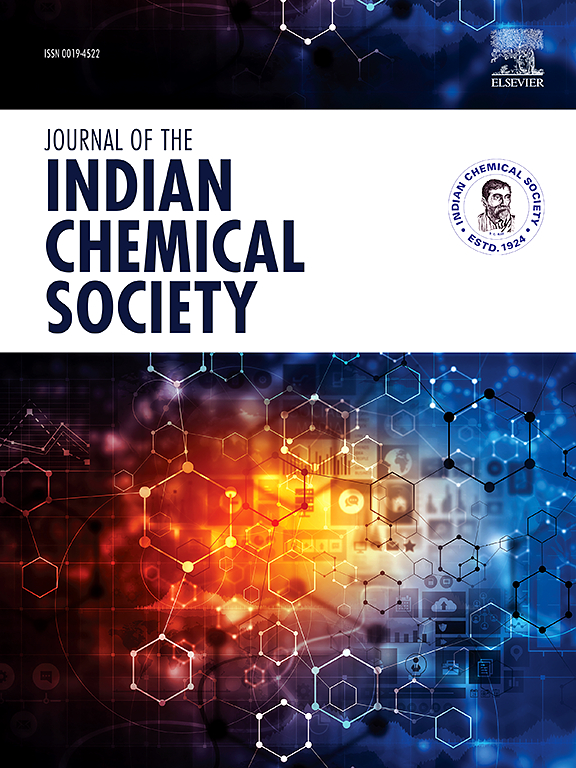Insights into phthalocyanine blue pigment dispersion: Modeling particle size distribution and grinding rate constants
IF 3.4
4区 化学
Q2 CHEMISTRY, MULTIDISCIPLINARY
引用次数: 0
Abstract
The study presents an advanced mathematical model aimed at enhancing the understanding of pigment dispersion processes, with a particular focus on analyzing the dynamics of particle size distribution and determining grinding rate constants. Pigmented dispersions are crucial in various industries, including paints, coatings, and inks, where achieving optimal particle size distribution is vital for product quality. This investigates the relationship between grinding duration and pigment dispersion, aiming to establish empirical equations for the grinding rate constant as a function of particle size distribution and feed rate. Through experimental validation, the developed kinetic model provides insights into the dynamics of pigment dispersion and offers predictive capabilities for optimizing dispersion processes. Understanding the underlying mechanisms of pigment dispersion through mathematical modeling contributes to enhancing the performance and quality of final products in diverse industrial applications. The development of a new kinetic model, effective mathematical model is proposed to accurately simulate the evolution was applicable for the particle size from 32.67 to 122.4 nm distribution of pigment during comminution processes. In addition, it was observed that the kinetic model was not applicable for the particle size from 166.2 to 190.1 nm and also confirmed that the grinding was completed within 40 min, which was possible for uniform particle size distribution.
对酞菁蓝颜料分散的见解:粒度分布和研磨速率常数建模
该研究提出了一种先进的数学模型,旨在加深对颜料分散过程的理解,尤其侧重于分析粒度分布的动态变化和确定研磨速率常数。颜料分散在包括油漆、涂料和油墨在内的各种行业中都至关重要,在这些行业中,实现最佳粒度分布对产品质量至关重要。本研究探讨了研磨持续时间与颜料分散之间的关系,旨在建立研磨速率常数与粒度分布和进料速率之间的经验公式。通过实验验证,所开发的动力学模型有助于深入了解颜料分散的动态过程,并为优化分散工艺提供预测能力。通过数学建模了解颜料分散的基本机理有助于提高各种工业应用中最终产品的性能和质量。通过开发新的动力学模型,提出了有效的数学模型来精确模拟颜料在粉碎过程中粒径从 32.67 纳米到 122.4 纳米分布的演变过程。此外,还观察到该动力学模型不适用于粒度为 166.2 至 190.1 nm 的颜料,并确认研磨过程在 40 分钟内完成,因此可以实现均匀的粒度分布。
本文章由计算机程序翻译,如有差异,请以英文原文为准。
求助全文
约1分钟内获得全文
求助全文
来源期刊
CiteScore
3.50
自引率
7.70%
发文量
492
审稿时长
3-8 weeks
期刊介绍:
The Journal of the Indian Chemical Society publishes original, fundamental, theorical, experimental research work of highest quality in all areas of chemistry, biochemistry, medicinal chemistry, electrochemistry, agrochemistry, chemical engineering and technology, food chemistry, environmental chemistry, etc.

 求助内容:
求助内容: 应助结果提醒方式:
应助结果提醒方式:


